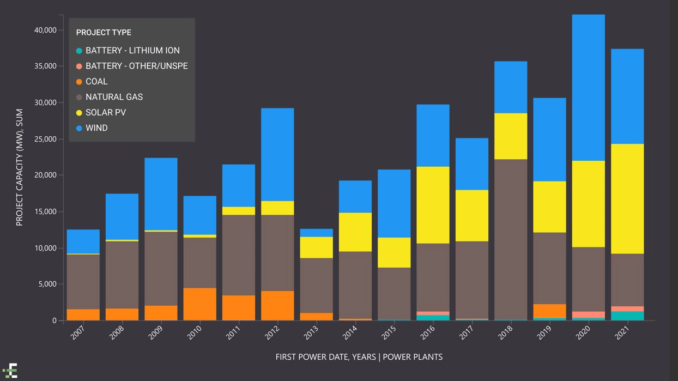
The interconnection queue is a collection of power generation and transmission projects requesting to connect to the power grid. Generation projects can be pre-construction, construction, built/non-operational and operating.
How do power developers submit projects to the queue?
As power developers start the process of new generation projects, they submit an interconnection request to the ISO to join the queue. An interconnection queue request would include data and documentation surrounding the project. This would include information such as project type, fuel type, net megawatt, location, operating data, synchronization date, point of interconnection, system impact study, builders, suppliers and more.
In addition to the interconnection request, a series of studies are completed to ensure the project that will potentially join the power network meets the ISO’s reliability, safety and facility standards, and is an overall best fit for the network.
What are the types of studies conducted?
System Impact Study (SIS) — An engineer evaluation of the point of interconnection.
Feasibility Study (FS) — The cost and impact a new project would have on the system.
Facilities Study (FAC) — The electrical configuration, price and schedule to complete interconnection.
Optional Interconnection Study (OIS) — The odds of other projects in the queue being withdrawn.
What has been approved and joined the power grid recently?
From 2007 to 2021, there has been an increase in renewable energy sources and demand.
With the increase in demand and adoption of renewable energy, the current queue is overflowing. Right now, there are more than 700 gigawatts panned across the seven ISOs with projected completion dates from 2022 to 2025.
The post The Interconnection Queue: An Introduction first appeared on Enverus.



